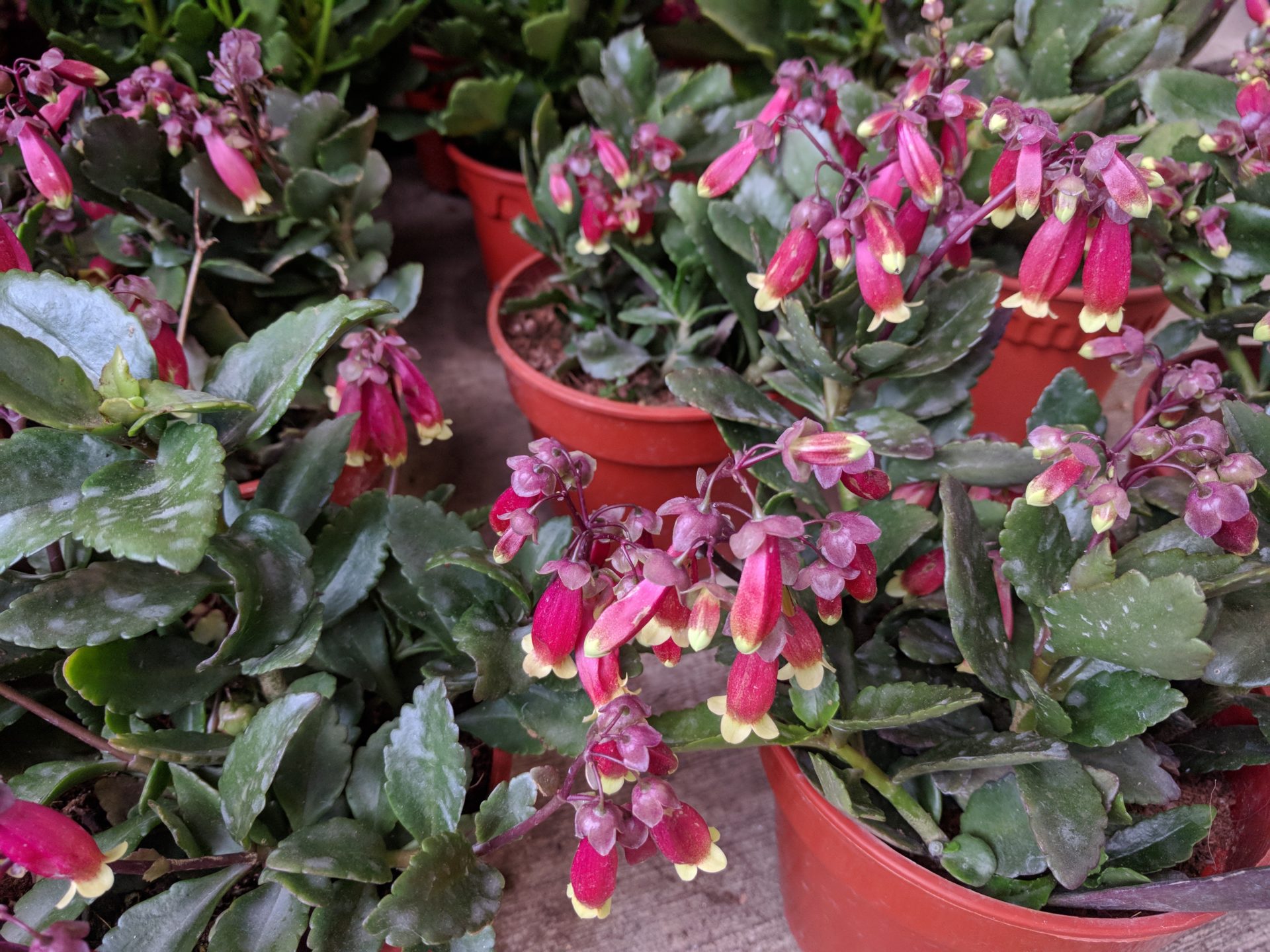
In the northern hemisphere there are a number of plants associated with the Christmas holidays. Some were originally associated with earlier pagan traditions and include fir trees, holly, ivy and mistletoe, while others such as amaryllis and Christmas cactus have been adopted because they are colorful and bloom around the holidays. Christianity is not confined to the northern hemisphere though, and while artificial fir trees can be used where real ones do not naturally grow, other countries around the world have adopted local plants to decorate for Christmas. Here are just a few examples of plants that are associated with Christmas around the world.
In the eastern Mediterranean and the Middle East, the pomegranate is a common form of decoration. Symbolizing fertility, prosperity and regeneration since the time of the ancient Greeks, it is often used in holiday decorations.
In Mexico the poinsettia is known as flor de la Noche Buena (Christmas Eve flower). This originates with the legend that a poor girl, having no money to buy a gift to place before the nativity scene at church on Christmas Eve, took along a bunch of weeds in order to not go empty handed. The angels, taking pity on her, turned the plain green plants into dazzling blooms of red, and since then the poinsettia has been associated with Christmas.
Another plant that Mexicans associate with Christmas is tejocote or manzanita. It is a variety of hawthorn tree, Crataegus mexicana, and has had special significance in the region since pre-Christian days. The fruit of this tree, which resemble yellowish-orange crab apples, have an astringent taste and are used along with other fruits to make a holiday punch.
A native orchid is associated with Christmas in Venezuela. Cattleya percivaliana is a beautiful pink orchid which naturally flowers around Christmas. Native to Madagascar, Angraecum sesquipedale, or Star of Bethlehem orchid is also popular throughout South America as it has large fragrant white star-shaped flowers.
Australia has a wealth of plants that are popular around the Christmas holidays, as Christmas coincides with summer there. Norfolk Island pine (Araucaria heterophylla) is one of several evergreen trees that are used as substitutes for northern hemisphere firs, and here in the U.S. we are familiar with it as a small plant offered as a Christmas houseplant. In the wild, this tree can actually grow to great heights. Another smaller plant that really does look like a northern fir is woolly bush (Adenanthos sericeus). With its soft, silvery green foliage it looks like a Christmas tree, but differs in that it also produces clusters of red tubular flowers at the tips of its branches.
A couple of other Australian Christmas plants are New South Wales Christmas bush (Ceratopetalum gummiferum) and Christmas bells (Blandfordia nobilis). N.S.W. Christmas bush is a large shrub that has white flowers, which fade to leave red sepals giving a festive appearance around Christmas time. Christmas bells is a type of lily and produces tall stems of orange and yellow bell shaped flowers in time for the holidays.
New Zealand also has its own native Christmas tree (Meterosideros excelsa) or Pohutukawa in the Maori language. Among the Maori people the tree is associated with a legend of a young warrior who died while trying to avenge his father’s death, but Christian settlers, seeing how the tree bloomed with red flowers around Christmas, gave it a Christian association.
South Africa also has plenty of flowering plants with which to decorate for Christmas. Their version of Christmas bells is Sandersonia aurantiaca, a bulb that produces long stems with multiple pairs of yellowish-orange bell-shaped flowers. In addition there is a native Christmas bush (Pavetta), which has clusters of white scented, star-shaped flowers, and Christmas berry (Chironia baccifera), produces small red berries in time for Christmas. However, the Christmas flower of South Africa is blue hydrangea macrophylla as they are in bloom at this time of year.
Lastly on this brief floral trip around the world, in eastern European countries, the Christmas rose, (Helleborus niger) is associated with Christmas as it naturally blooms in winter there. It too is linked to a legend similar to that of poinsettias, in that medieval nativity plays would tell the story of a poor shepherd girl who had no gift to give Jesus in the manger. Seeing her upset, an angel took her aside and where the angel touched the frozen ground white flowers sprouted, giving the shepherdess a gift for the holy infant.
As can be seen, there are plenty of plants around the world that have connections to Christmas, either as a religious symbol or colorful decoration, but wherever in the world it is celebrated, plants and flowers enhance the holiday and lift our spirits.
Sources:
https://laidbackgardener.blog/2017/12/24/christmas-plants-around-the-world/
https://www.mexicanist.com/l/mexican-tejocotes-crataegus-mexicana/
https://www.flowerpower.com.au/garden-advice/gardening/plants-that-create-a-christmas-feel/







